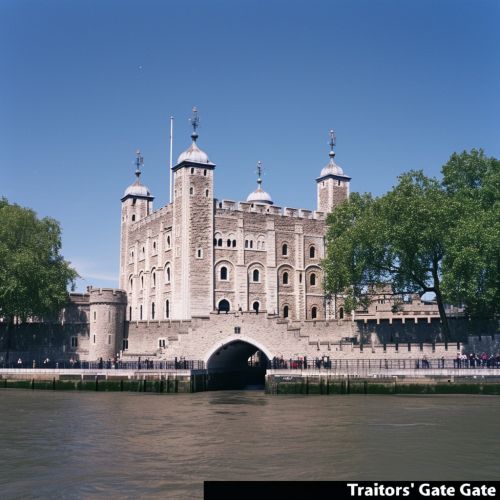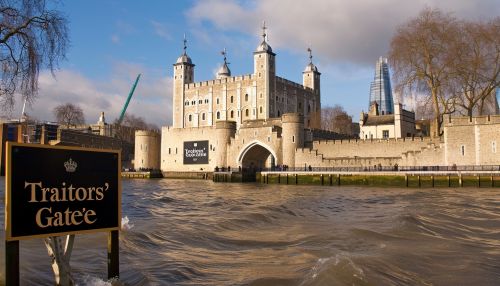Tower of London
History
The Tower of London, officially known as Her Majesty's Royal Palace and Fortress of the Tower of London, is a historic castle located on the north bank of the River Thames in central London. The tower's history dates back to the end of the 11th century, when it was founded towards the end of 1066 as part of the Norman Conquest of England. William the Conqueror built the White Tower, which gives the entire complex its name, as a demonstration of his power, a norman show of strength.


The Tower of London has played a prominent role in English history. It was besieged several times and controlling it has been important to controlling the country. The Tower has served various purposes including an armory, a treasury, a menagerie, the home of the Royal Mint, a public record office, and the home of the Crown Jewels of England. From the early 14th century until the reign of Charles II, a procession would be led from the Tower to Westminster Abbey on the coronation of a monarch.
Architecture
The layout of the Tower of London castle complex has evolved over the centuries, but the White Tower, which was built by William the Conqueror in 1078, remains its most significant building. The White Tower is a keep (also known as a donjon), which was often the strongest structure in a medieval castle, and contained lodgings suitable for the lord – in this case, the king or his representative.
The Tower of London is made up of two concentric rings of defensive walls and a moat. There were several phases of expansion, mainly under Kings Richard the Lionheart, Henry III, and Edward I in the 12th and 13th centuries. The general layout established by the late 13th century remains despite later activity on the site.
Function
Over the centuries, the Tower of London has served many purposes. It has been an armory, a treasury, a menagerie, the home of the Royal Mint, a public record office, and the home of the Crown Jewels of England. In the early 21st century, the Tower of London is one of the country's most popular tourist attractions. It is cared for by the charity Historic Royal Palaces and is protected as a World Heritage Site.
Legends and Ghosts
The Tower of London has been the setting for many stories and legends. These include the Princes in the Tower, the supposed murders of Edward V of England and his brother Richard of York; the ghost of Anne Boleyn, one of the wives of Henry VIII who was beheaded at the Tower; and the legend of the ravens, with the myth stating that if the ravens of the Tower of London are lost or fly away, the Crown will fall and Britain with it.
